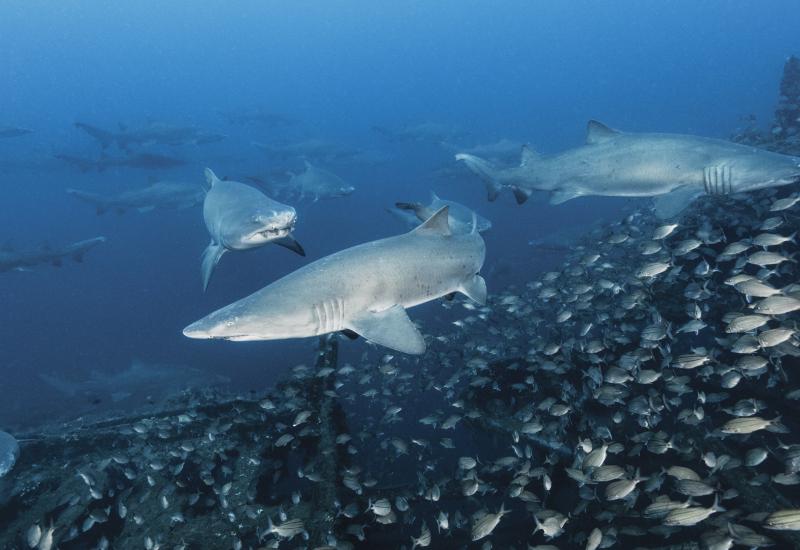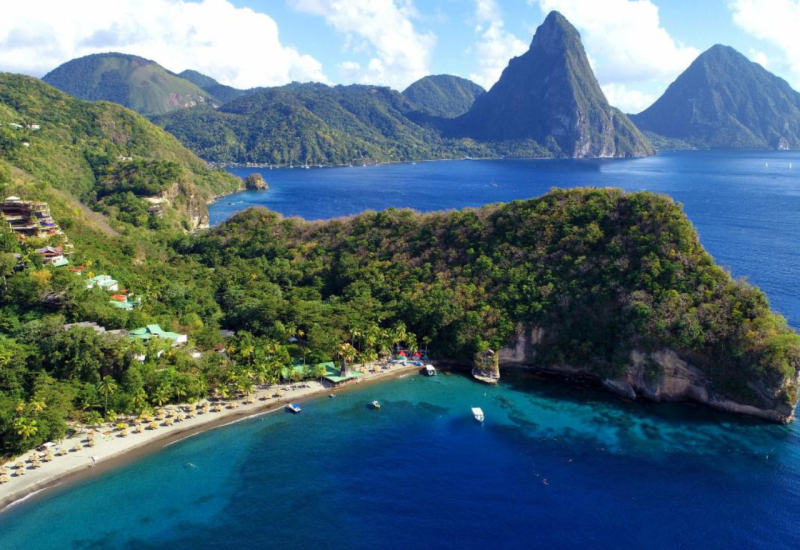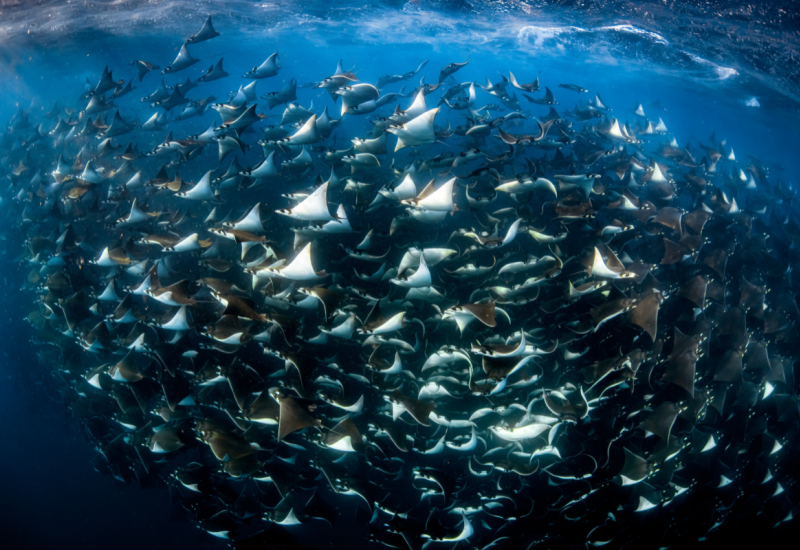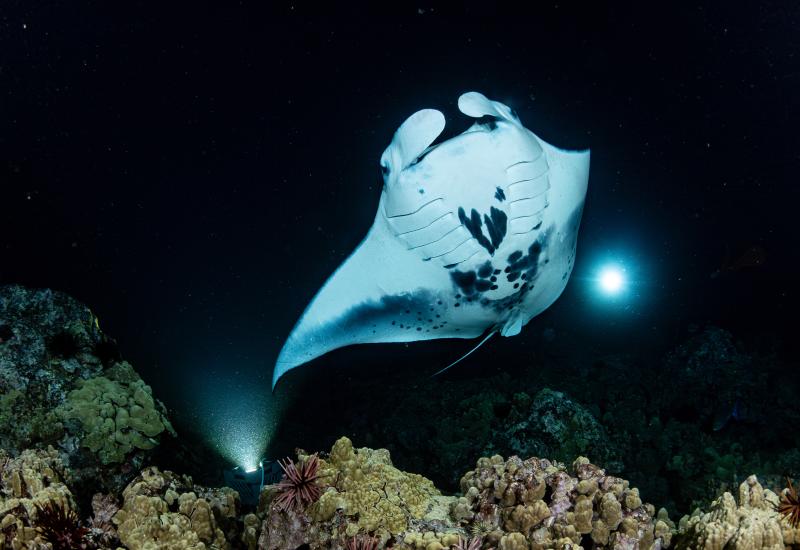The World's Best Destinations for Cave, Cavern and Grotto Diving
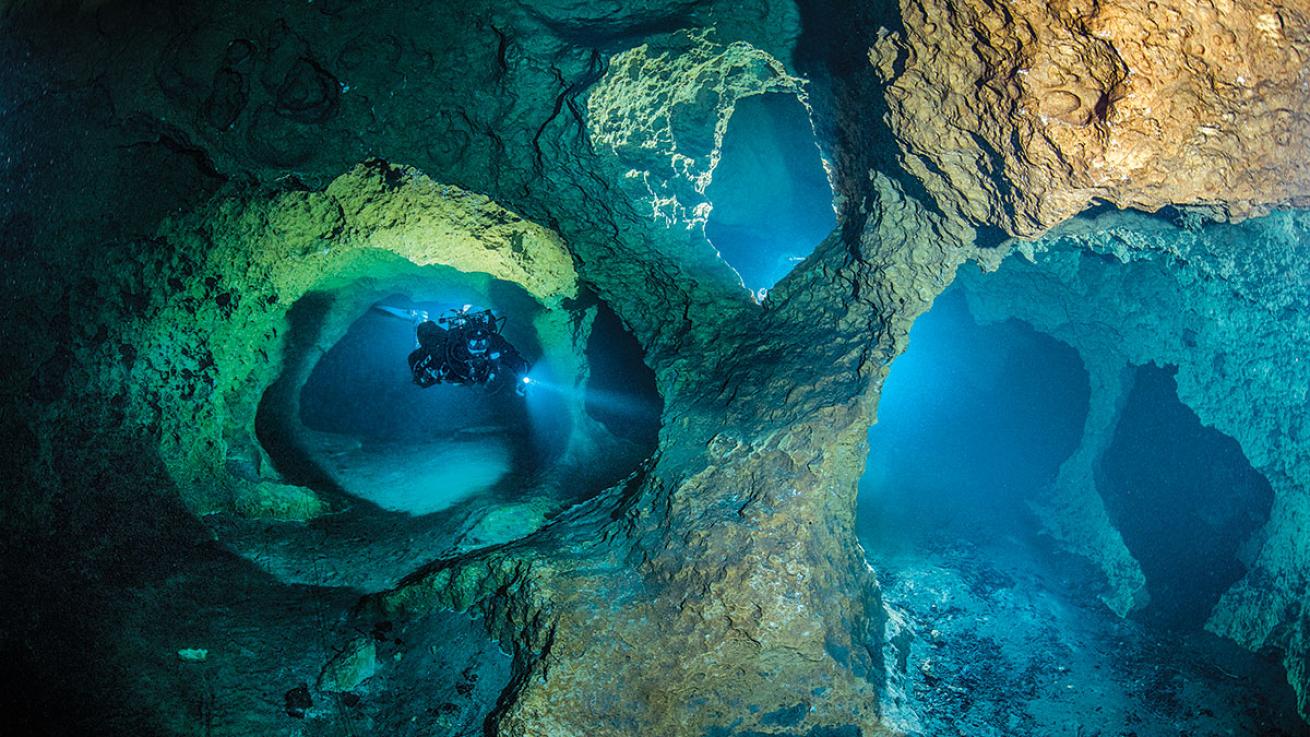
Becky Kagan SchottOne of the passages at Wes Skiles Peacock Springs State Park in Florida.
Only in caves and caverns can a diver hover amid the handiwork of nature, which has slowly shaped stalactites and stalagmites over centuries. In grottoes, divers can thread through tunnels and explore darkened passageways where the oddest creatures seek sanctuary. Between the critters, formations and otherworldly rooms as grand as cathedrals, there’s ample reason to take on the darkness.
FLORIDA SPRINGS
Where It’s At The northern stretch of Florida — where the Panhandle meets the peninsula — is a hotbed for springs. Outside the city of Live Oak, an 80-minute drive east of Tallahassee, are seven state parks with springs that cave and cavern divers can explore: Troy Springs, Wes Skiles Peacock Springs, Madison Blue Spring, Manatee Springs, Fanning Springs and Lafayette Blue Springs, aka the Green Sink cave system.
White Walls One bonus of northern Florida’s caves is the white limestone walls. By reflecting rather than absorbing light, the passages of caves such as Ginnie Springs, aka the Devil’s Spring System, stay well-illuminated during a dive. Plus, it’s less stressful to explore darkness softened by a white backdrop.
Go With the Flow Northern Florida makes for an ideal cave divers’ classroom because most caves there have flow, or moving water. This makes for a more challenging experience. Divers typically enter against the flow of millions of gallons per day. Just like drift diving, this current affects a diver’s buoyancy, trim and propulsion. The theory stands that if divers can conduct themselves well in this environment, they can handle the caves anywhere else in the world. Sound like too much? Note that several local dive companies offer mentored or guided dives to help the less experienced.
All Inclusive For divers who consider cave diving too overwhelming, keep in mind that many of the springs are open to all levels of certification. Open-water divers can drop to 35 feet in Orange Grove Sink, found in Wes Skiles Peacock Springs State Park, to explore the cracks, schisms and fallen trees in this massive bowl. At Troy Springs, open-water divers can descend to 70 feet, find a Civil War wreck as well as loggerhead musk turtles and river cooters, and feel the flow of the cave system.
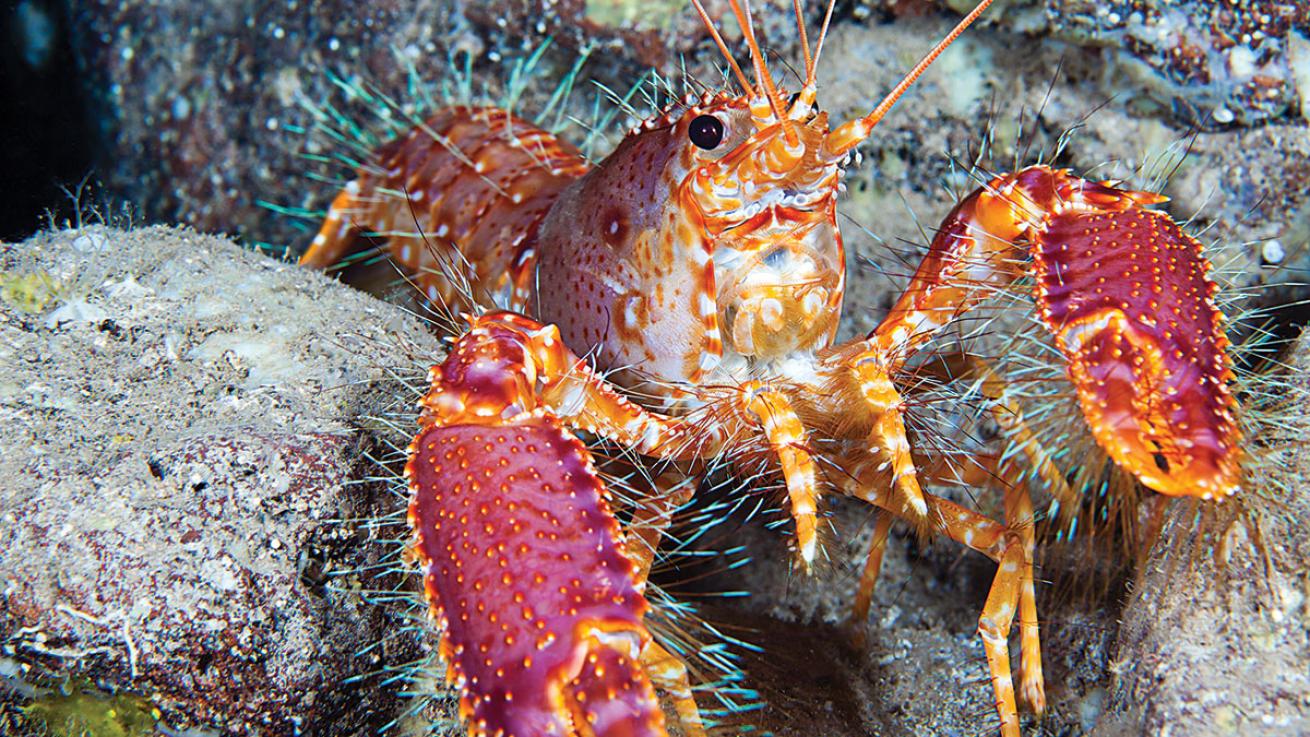
David FleethamA Hawaiian reef lobster.
HAWAII
The Church that Lava Built Off both Maui and Lanai, divers can find sites named Cathedral. Tubes where lava once flowed are now sponge-covered tunnels where sun pours in from the exit points. Not only is the light inspiring, but those nooks and crannies inside are heaven for finding eels, crabs and shrimp.
Spitting Distance Conditions have to be just right to take on the drift dive off Oahu known as Spitting Caves, a collection of five caves. But when they do, prepare not only for a rousing good drift, but likely encounters with Hawaiian monk seals, whitetip reef sharks, turtles and eagle rays as well. Plus, tighten your focus on the reef and you could happen upon a frogfish.
Critter Cave Found along the midsection of Kona’s west coast, Three Room Cave offers one of the longest tunnels, at 200 feet, that divers can explore in an ocean setting. This staple of Kona Aggressor II, divable only during calm seas, delivers a menagerie of critters, including nudibranchs, frogfish, ghost shrimp and several species of lobsters endemic to Hawaii.
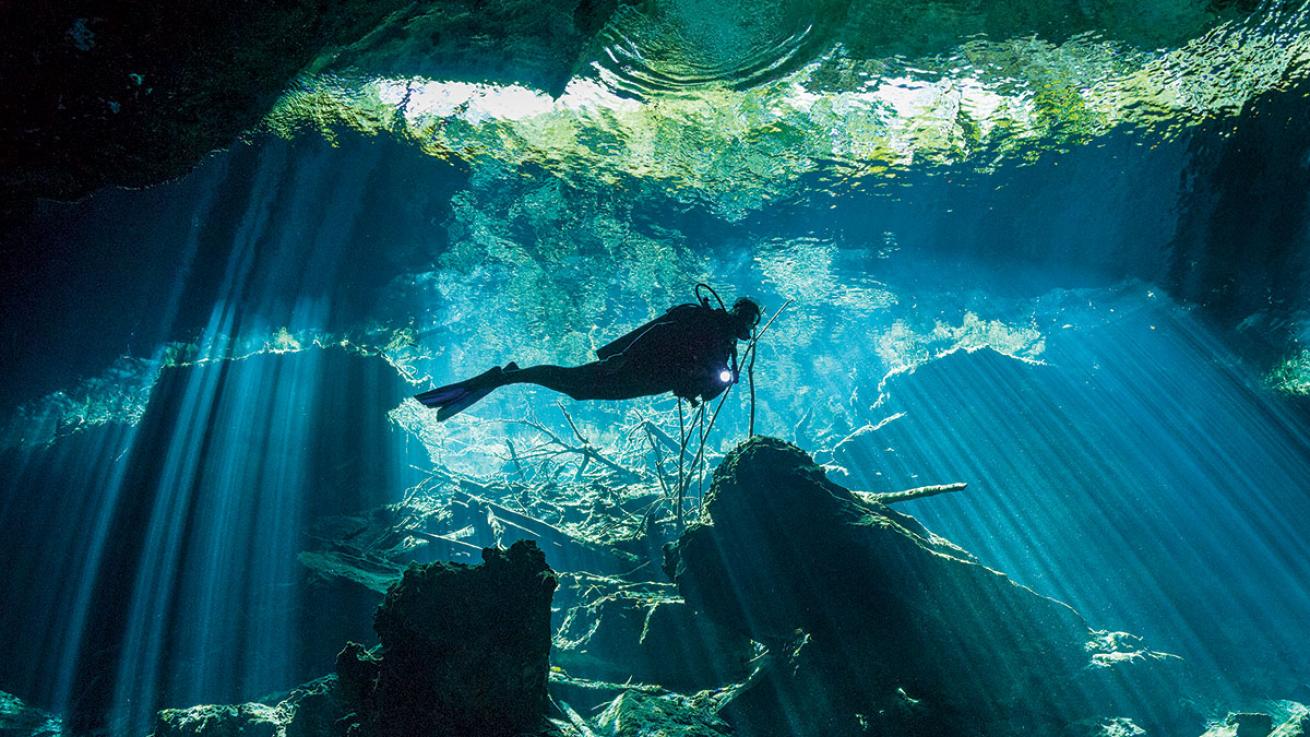
Brandon ColeBeams of light shine into Mexico’s cenote Kukulkan.
RIVIERA MAYA, MEXICO
Let the sunshine In Only in cenotes, where visibility regularly exceeds 100 feet, do the sun’s crepuscular rays penetrate so consistently, fashioning the most ethereal curtains of light. Underwater, this makes for a purely magical experience. Try Gran Cenote, Tajma Ha and Kukulkan for some of the best light shows.
By the Numbers The Yucatan Peninsula is home to greater than 3,000 cenotes — more than enough to keep you exploring, whether you’re visiting for a week, month, year or longer. The Yucatan’s Riviera Maya region claims two of the world’s longest cave systems: 215-mile Sac Actun, which was recently discovered to be connected to Dos Ojos, and 167-mile Ox Bel Ha.
Readers Choice Regional Winners
North America
- Florida Springs
- Channel Islands, California
Pacific and Indian Ocean
- Hawaii
- Palau
Caribbean and Atlantic
- Riviera Maya (Mexico)
- Bahamas
- Cayman Islands
- Roatan, Bay Islands, Honduras
What is Readers Choice?
More than 3,000 readers rate their experiences in our annual survey. Winners are selected via average scores. Explore a dozen more Readers Choice categories.
Readers Choice Winners
The best operators, resorts and liveaboards to get you this experience in these destinations, as chosen by readers.
Best Dive Operators: Dive Oahu, Dive Maui, Jack’s Diving Locker, Kona Honu Divers, Pro Dive Mexico
Best Liveaboards: Kona Aggressor II

